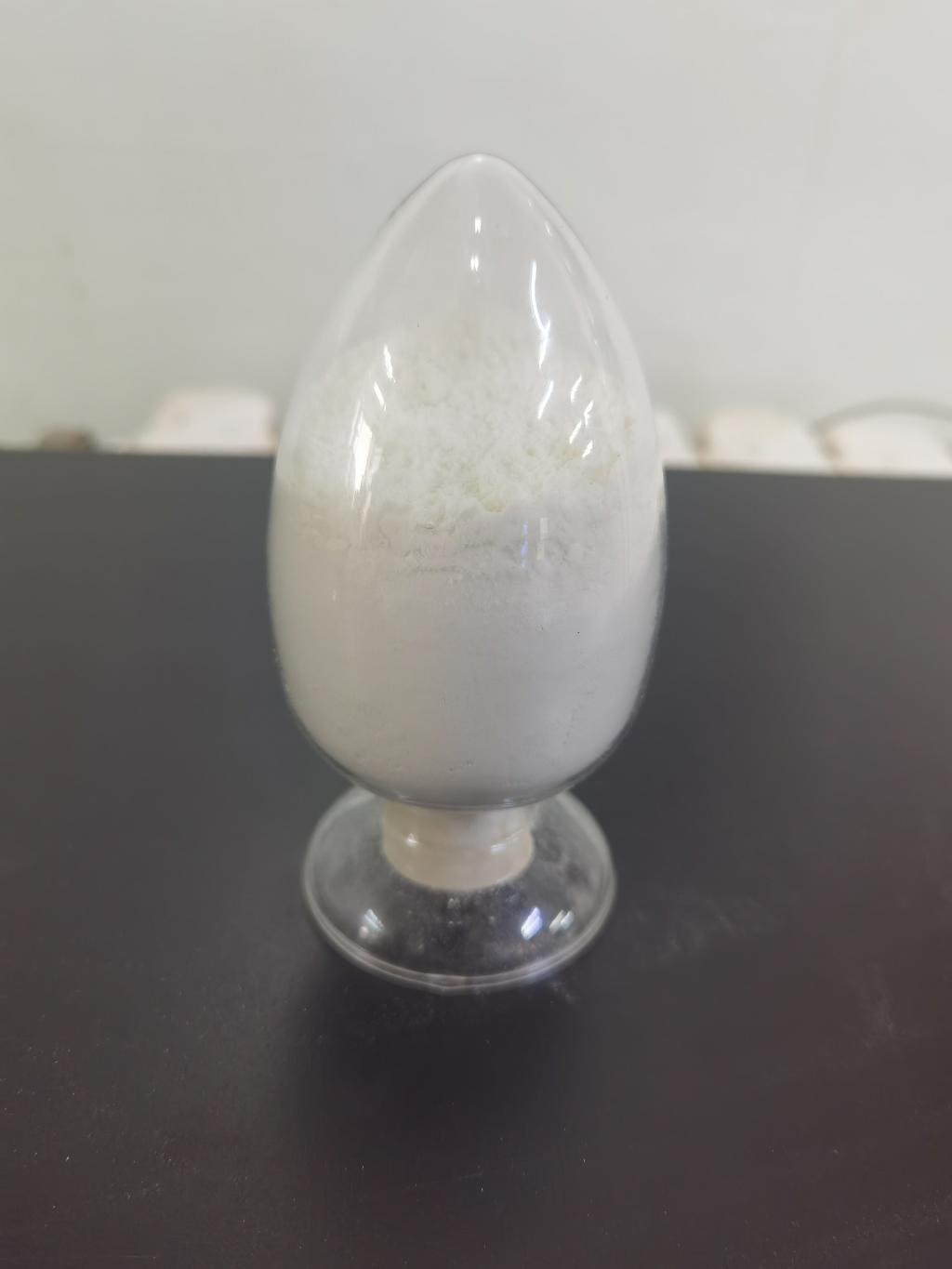Tel:+8618231198596

News
 CONTACT
CONTACT
 CONTACT
CONTACT
- Linkman:Linda Yao
- Tel: +8618231198596
- Email:linda.yao@dcpharma.cn
- Linkman:CHARLES.WANG
- Department:Overseas
- Tel: 0086 0311-85537378 0086 0311-85539701
News
Harnessing ε-Polylysine Hydrochloride for Antimicrobial Coatings in Healthcare Settings
TIME:2024-02-18
The Challenge of Healthcare-Associated Infections:
a. Impact on Patient Health: HAIs contribute to prolonged hospital stays, increased healthcare costs, and, in severe cases, pose life-threatening risks to patients. Contaminated surfaces within healthcare facilities play a significant role in the transmission of pathogens, necessitating robust infection control measures.
b. Persistence of Pathogens: Pathogens such as bacteria and viruses can persist on surfaces for extended periods, creating a constant threat to healthcare environments. Traditional cleaning methods are effective, but additional measures, such as antimicrobial coatings, are essential to provide an added layer of protection.
Introduction to ε-Polylysine Hydrochloride:
a. Natural Antimicrobial Peptide: ε-Polylysine hydrochloride is a natural antimicrobial peptide derived from fermentation processes. It exhibits potent antimicrobial properties against a broad spectrum of microorganisms, making it an attractive candidate for applications in infection control.
b. Biocompatibility and Safety: With its natural origin, ε-polylysine hydrochloride is biocompatible and safe for human use. This characteristic is crucial for its application in healthcare settings, where patient safety and well-being are paramount.
Antimicrobial Properties of ε-Polylysine Hydrochloride:
a. Mechanism of Action: ε-Polylysine hydrochloride exerts its antimicrobial activity by disrupting the cell membranes of microorganisms. This mode of action is effective against bacteria, viruses, and fungi, making it a versatile solution for infection control.
b. Broad Spectrum of Activity: The broad spectrum of antimicrobial activity exhibited by ε-polylysine hydrochloride allows it to target a wide range of pathogens. This includes both Gram-positive and Gram-negative bacteria, enveloped viruses, and various fungi, providing comprehensive protection.
Antimicrobial Coatings in Healthcare Settings:
a. Surfaces as Reservoirs for Pathogens: High-touch surfaces within healthcare settings, such as door handles, bed rails, and medical equipment, can serve as reservoirs for pathogens. Antimicrobial coatings offer a proactive approach to reducing the microbial load on these surfaces.
b. Limiting Cross-Contamination: Antimicrobial coatings play a crucial role in limiting the cross-contamination of pathogens between surfaces and individuals within healthcare facilities. This is particularly important in preventing the spread of infectious agents in environments where vulnerable patients are present.
Application of ε-Polylysine Hydrochloride in Antimicrobial Coatings:
a. Integration into Coating Formulations: ε-Polylysine hydrochloride can be integrated into various coating formulations, including paints, films, and sprays. This flexibility allows for its application on a diverse range of surfaces, transforming them into antimicrobial barriers.
b. Durable and Long-Lasting Protection: The stability and durability of ε-polylysine hydrochloride contribute to long-lasting antimicrobial protection on coated surfaces. This reduces the frequency of reapplication and ensures sustained efficacy over time.
Combatting Antibiotic-Resistant Strains:
a. Alternative to Traditional Disinfection: With the rise of antibiotic-resistant strains of bacteria, finding effective alternatives to traditional disinfection methods is imperative. ε-Polylysine hydrochloride offers a novel approach to combating these resilient pathogens, contributing to the overall resilience of infection control measures.
b. Reduced Selection Pressure: Unlike traditional antibiotics, ε-polylysine hydrochloride is less likely to exert selective pressure, reducing the risk of promoting antibiotic resistance. This aligns with the global effort to minimize the emergence and spread of resistant microbial strains.
Considerations for Implementation:
a. Compatibility with Different Surfaces: Before applying ε-polylysine hydrochloride coatings, it is essential to assess the compatibility with different types of surfaces commonly found in healthcare settings. This includes metals, plastics, and various materials used in medical equipment and furnishings.
b. Application Methods and Dosage: Achieving optimal antimicrobial efficacy requires careful consideration of the application methods and dosage of ε-polylysine hydrochloride. Research and development efforts should focus on determining the most effective and efficient ways to apply the coating for maximum protection.
Future Directions and Collaborative Research:
a. Synergy with Other Antimicrobial Agents: Collaborative research efforts can explore the synergy between ε-polylysine hydrochloride and other antimicrobial agents. Combining different approaches may enhance the overall effectiveness of antimicrobial coatings in healthcare settings.
b. Development of Standardized Protocols: Standardized protocols for the application of ε-polylysine hydrochloride coatings can streamline the implementation process in healthcare facilities. Establishing guidelines for dosage, application frequency, and compatibility testing can contribute to the widespread adoption of this innovative solution.
Environmental Impact and Sustainability:
a. Biodegradability: The biodegradable nature of ε-polylysine hydrochloride ensures that its impact on the environment is minimal. As healthcare institutions strive for sustainability, the adoption of environmentally friendly antimicrobial coatings becomes a responsible choice.
b. Waste Management: Consideration should be given to waste management practices associated with the application and removal of antimicrobial coatings. Efforts to minimize environmental impact should extend to the entire life cycle of products containing ε-polylysine hydrochloride.
Conclusion:
The application of ε-polylysine hydrochloride in antimicrobial coatings represents a groundbreaking advancement in infection control within healthcare settings. As healthcare-associated infections continue to pose challenges to patient safety, innovative solutions that go beyond traditional cleaning methods are essential. ε-Polylysine hydrochloride, with its natural origin, broad-spectrum antimicrobial activity, and compatibility with various surfaces, holds the promise of transforming healthcare environments into safer spaces. By harnessing the unique properties of ε-polylysine hydrochloride, the healthcare industry can take a significant step toward fortifying infection control measures, reducing the spread of pathogens, and ultimately improving patient outcomes.
- Tel:+8618231198596
- Whatsapp:18231198596
- Chat With Skype







